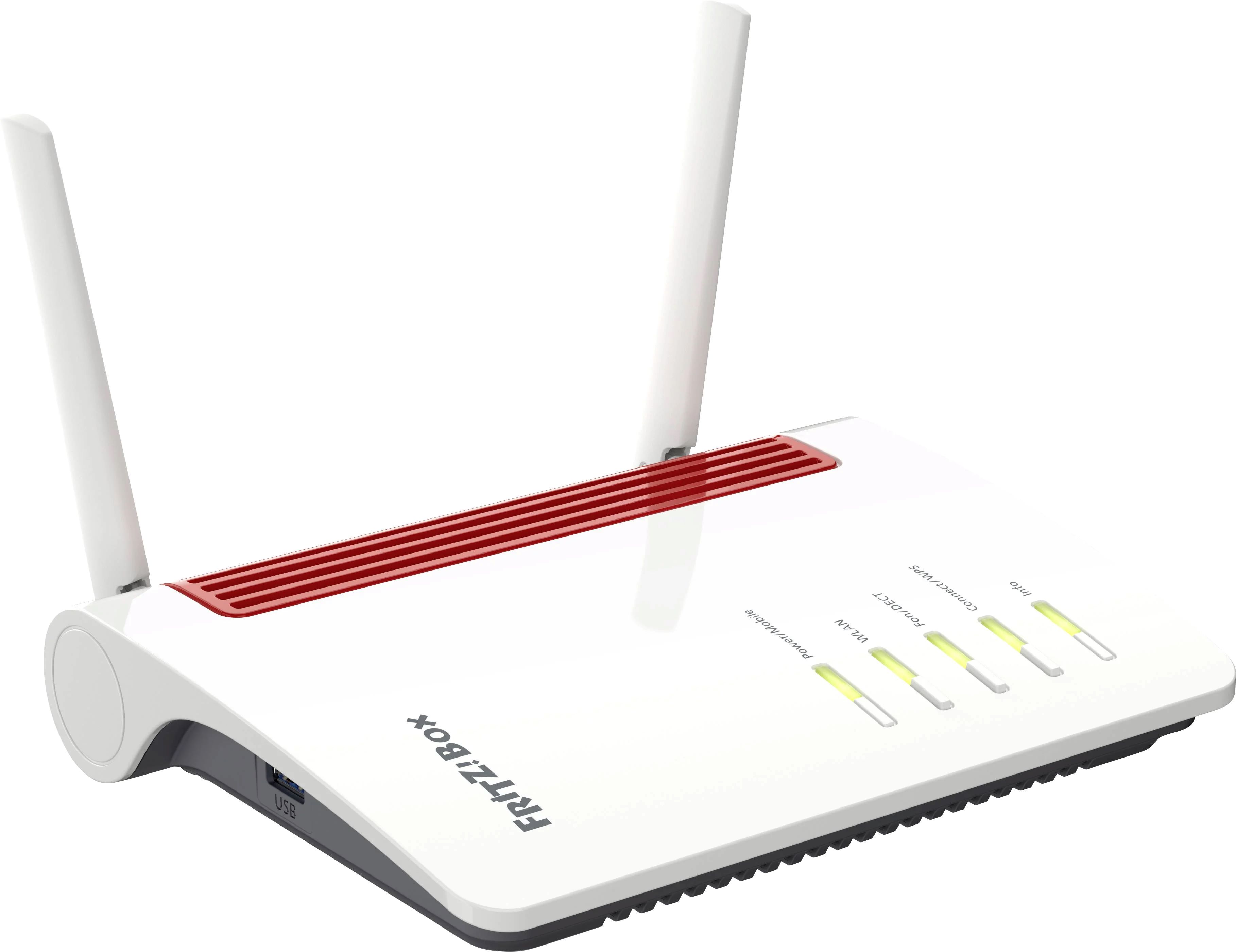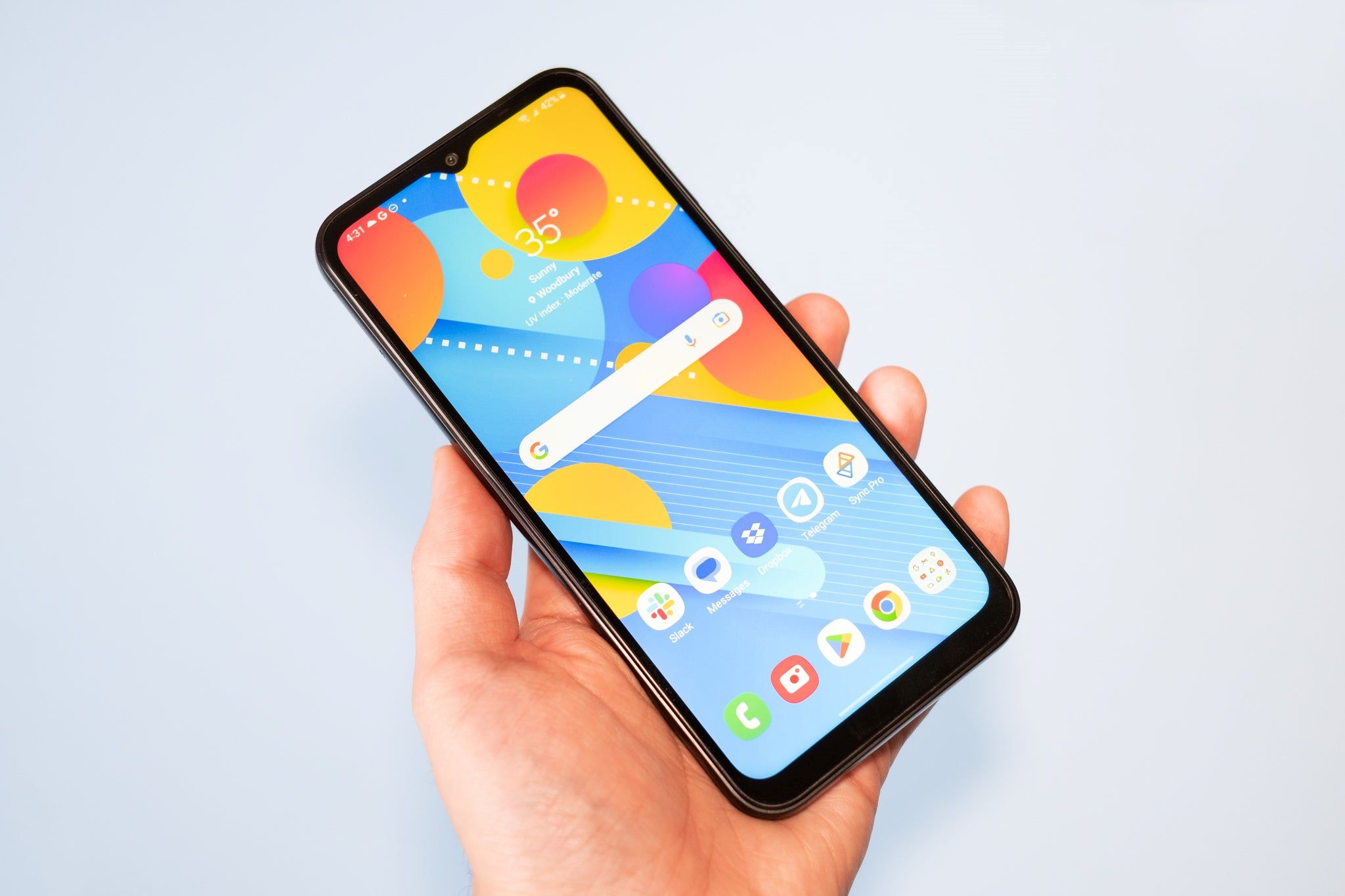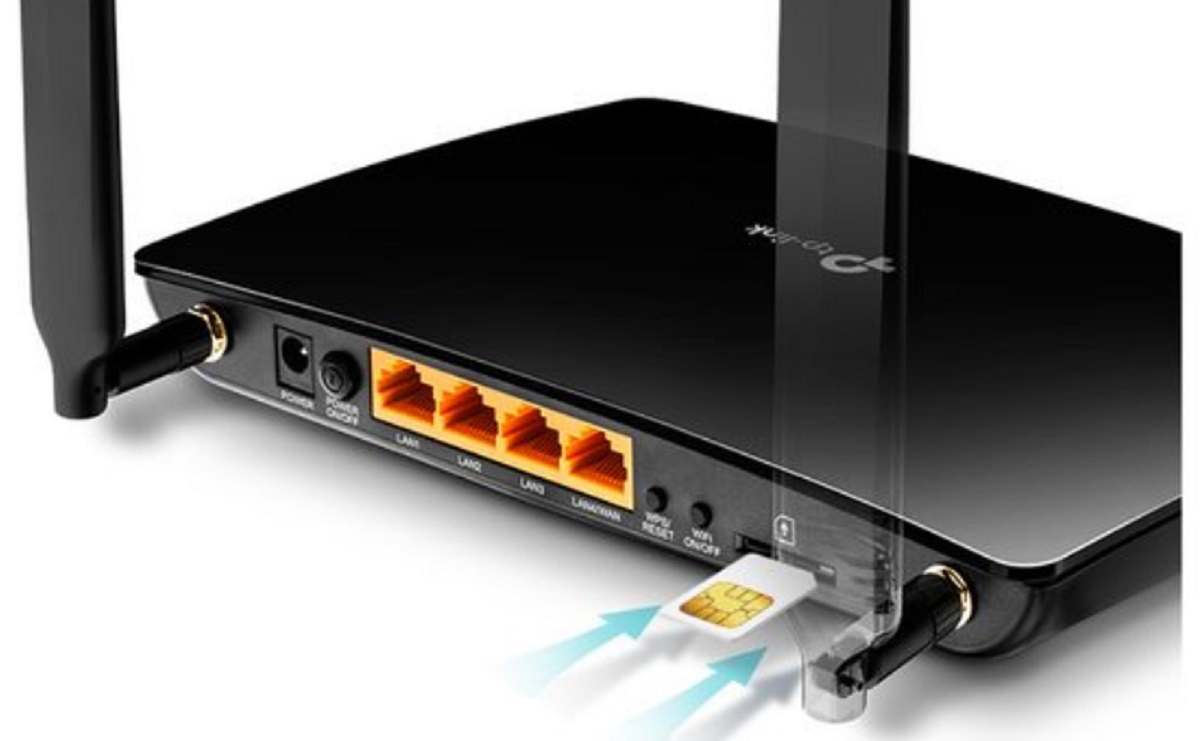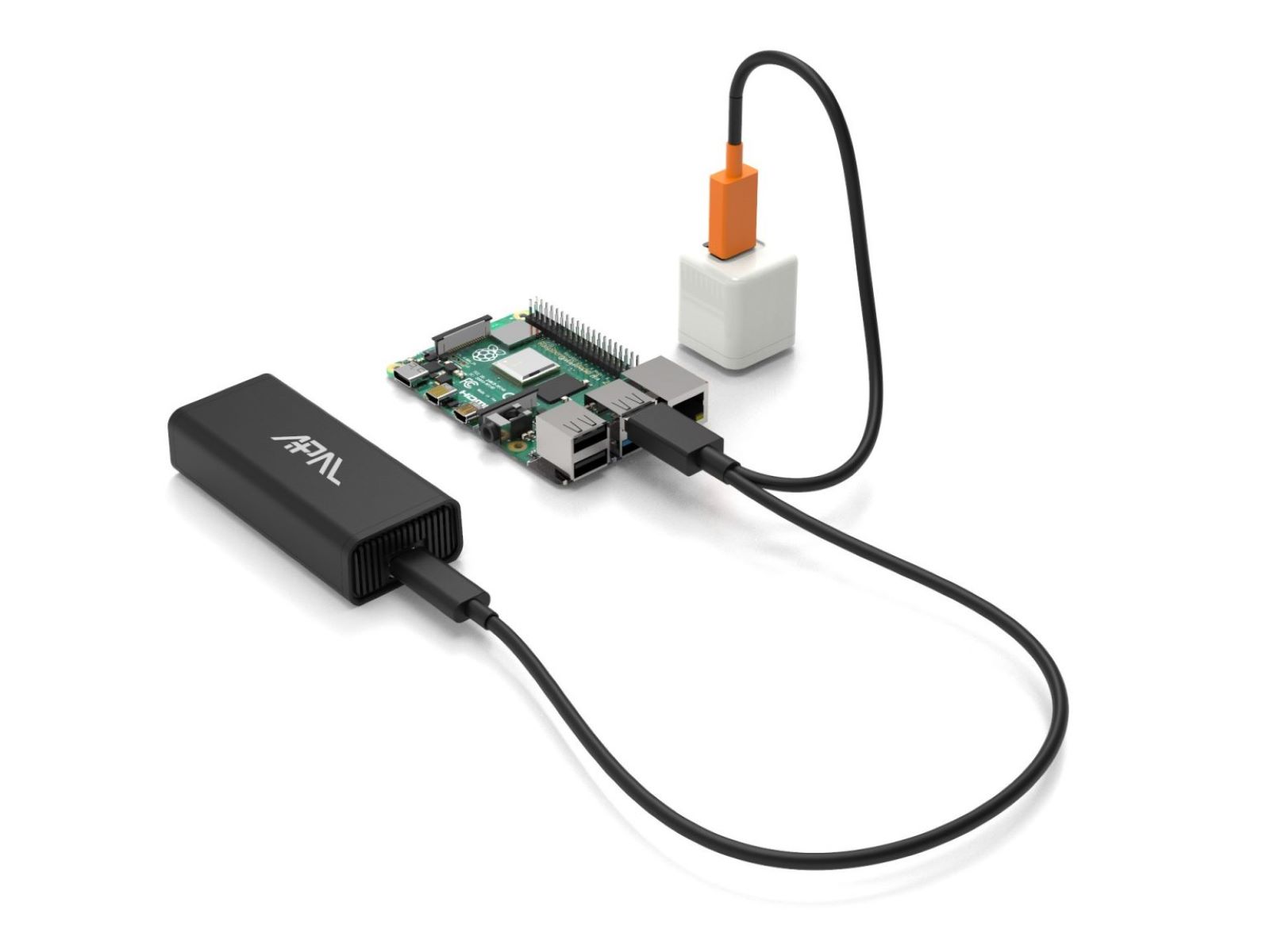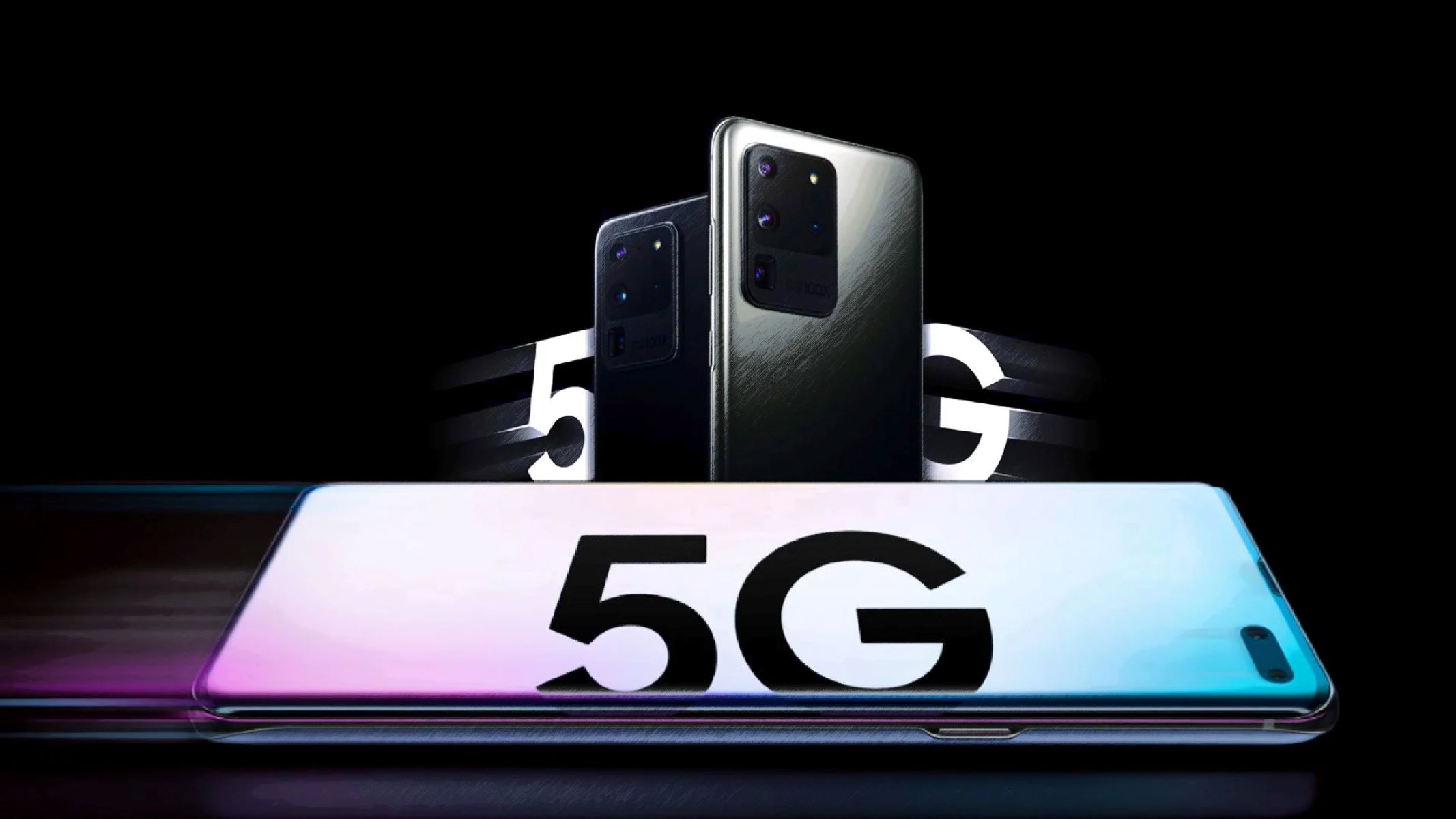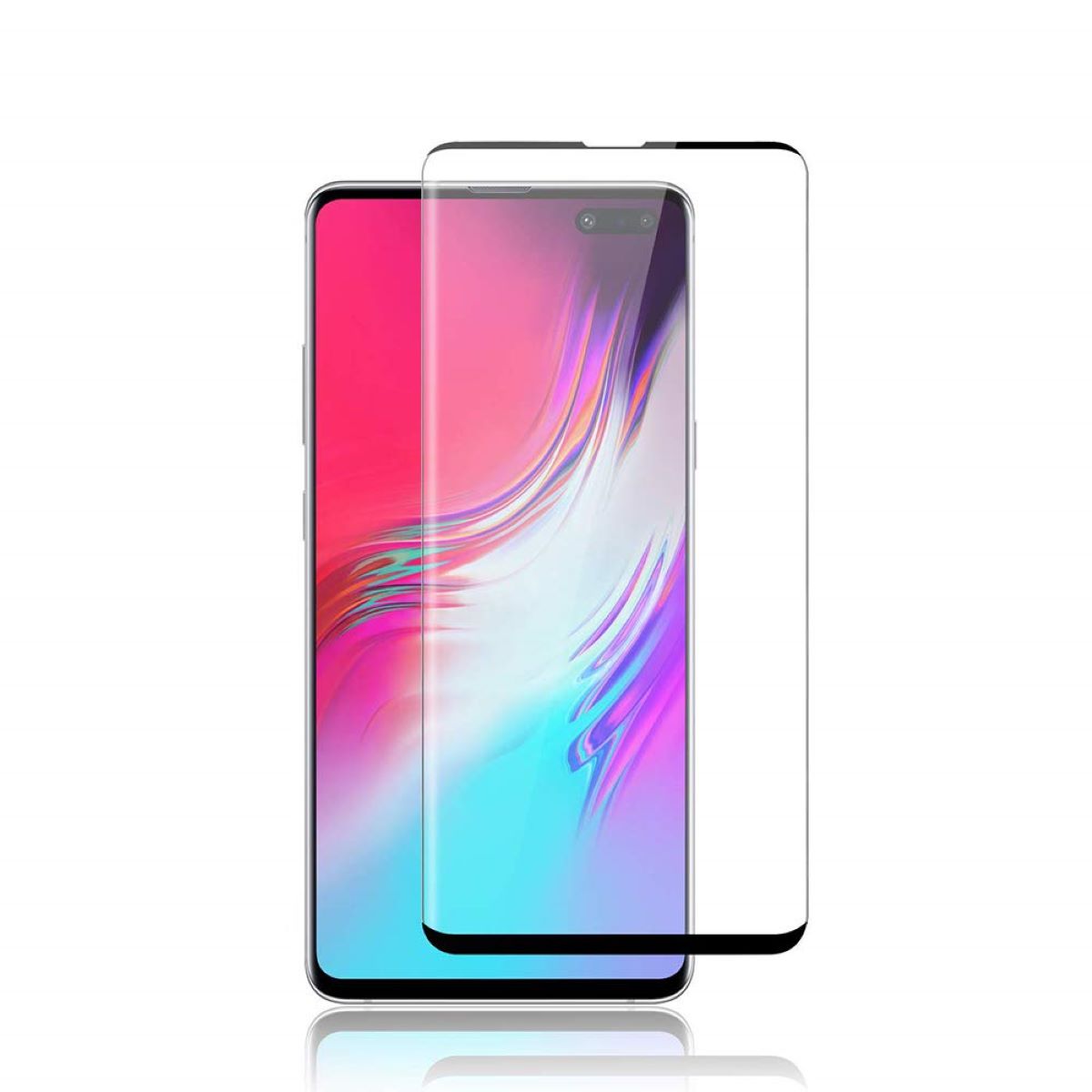The Evolution of Mobile Networks
Mobile networks have come a long way since the early days of voice-only communication. The evolution of mobile networks has seen significant advancements in speed, coverage, and capability, enabling us to connect and communicate with unprecedented convenience and efficiency.
First-generation (1G) networks introduced analog voice communication in the 1980s. These networks were followed by second-generation (2G) systems, which allowed for digital voice and limited data services. With the arrival of third-generation (3G) networks in the early 2000s, mobile internet access became a reality, albeit at relatively slower speeds.
The 4G era, which began in the late 2000s, was a game-changer with its promise of high-speed internet connectivity. It brought about a revolution in mobile communication, enabling multimedia streaming, video calls, and a wide range of data-intensive applications.
However, as our reliance on mobile devices and data-intensive applications increased, the limitations of 4G became apparent. The need for a more advanced network that could handle the growing demand for faster speeds, lower latency, and greater capacity became evident.
Enter 5G, the next-generation mobile network. 5G represents a significant leap forward in mobile technology, promising faster download and upload speeds, ultra-low latency, and the ability to connect an exponentially larger number of devices simultaneously.
With speeds of up to 10 gigabits per second, 5G is set to revolutionize the way we interact with technology. It will enable seamless streaming of high-definition videos, ultra-responsive gaming experiences, and instant access to cloud-based services.
Furthermore, 5G networks will greatly enhance our ability to leverage emerging technologies such as the Internet of Things (IoT), autonomous vehicles, and augmented reality (AR) applications. These technologies rely on fast and reliable communication, and 5G provides the foundation for their widespread adoption.
The transition to 5G is already underway, with many countries and telecommunications companies worldwide racing to deploy the necessary infrastructure. This includes the installation of new base stations, upgrading existing network components, and optimizing network architecture to support 5G capabilities.
As we progress further into the 5G era, we can expect even more innovative services and applications to emerge. From smart cities and connected homes to remote healthcare and immersive virtual experiences, the possibilities enabled by 5G are boundless.
The evolution of mobile networks from 2G to 5G has been driven by the increasing demand for faster, more reliable connectivity and the need to support a wide range of data-intensive applications. With each generation, mobile networks have evolved to meet these demands, offering faster speeds, lower latency, and greater capacity.
As we embrace the era of 5G, it is evident that the future of mobile communication holds immense potential for transforming industries, enhancing consumer experiences, and driving innovation across various sectors.
Introducing 5G: Faster Speeds, Lower Latency
5G is the fifth generation of mobile network technology, and it represents a significant leap forward in terms of speed, capacity, and performance. With its promise of faster download and upload speeds, as well as lower latency, 5G is set to revolutionize the way we experience and interact with the digital world.
One of the key advantages of 5G is its impressive speed capabilities. With peak download speeds of up to 10 gigabits per second (Gbps), 5G is approximately 100 times faster than its predecessor, 4G. This means that downloading large files, streaming ultra-high-definition videos, and accessing cloud-based applications will become virtually instantaneous.
Additionally, 5G offers significantly lower latency compared to previous generations of mobile networks. Latency refers to the time it takes for data to travel between devices and networks. With 5G, latency is expected to be as low as 1 millisecond, providing near-instantaneous response times. This is particularly beneficial for activities that require real-time interaction, such as online gaming, virtual reality (VR), and remote surgery.
Another advantage of 5G is its ability to handle a significantly higher number of connected devices simultaneously. This is crucial in an era where the Internet of Things (IoT) is becoming increasingly prevalent. With billions of devices expected to be connected to the internet in the coming years, 5G networks offer the capacity to support this massive influx of connected devices without compromising on performance.
Furthermore, 5G technology utilizes advanced antenna systems, such as Massive MIMO (Multiple-Input Multiple-Output), which can handle multiple data streams simultaneously. This not only improves network coverage but also enhances overall network capacity and efficiency, ensuring a consistent and reliable connection even in densely populated areas.
5G networks operate on higher-frequency bands, also known as millimeter waves, which allow for faster speeds and greater bandwidth. However, these higher-frequency signals have a shorter range and are easily blocked by obstacles such as buildings and trees. To overcome this challenge, 5G networks utilize a combination of high-frequency and low-frequency bands, ensuring both wide coverage and high speeds.
As 5G continues to roll out across the globe, its impact will extend far beyond faster download speeds and lower latency. It will enable a wide range of transformative technologies and applications, from autonomous vehicles and smart cities to remote patient monitoring and augmented reality.
In summary, 5G brings faster speeds, lower latency, and greater capacity to mobile networks. Its impressive capabilities will unlock new possibilities and drive innovation across multiple industries. As we embrace this new era of connectivity, the benefits of 5G will undoubtedly reshape our digital experiences and catalyze the next phase of technological advancement.
Understanding 5G+: Beyond Traditional 5G
While 5G itself represents a significant advancement in mobile network technology, there is an even more advanced iteration known as 5G+. 5G+ goes beyond the capabilities of traditional 5G networks, offering enhanced features and capabilities that further revolutionize the way we connect and communicate.
One of the key differentiators of 5G+ is its increased speed. While traditional 5G networks offer impressive speeds of up to 10 gigabits per second (Gbps), 5G+ takes it a step further with peak speeds exceeding 20 Gbps. This unparalleled speed enables lightning-fast downloads, seamless streaming of 4K and 8K videos, and real-time interactive applications that were previously unimaginable.
In addition to speed, 5G+ introduces even lower latency compared to traditional 5G networks. With latency reduced to as low as 1 millisecond, 5G+ enables near-instantaneous responsiveness, making it ideal for applications that require real-time interaction, such as remote control of autonomous vehicles, advanced robotics, and industrial automation.
One of the most groundbreaking aspects of 5G+ is its ability to support massive connectivity and the Internet of Things (IoT) on an unprecedented scale. With the deployment of advanced technologies like network slicing and edge computing, 5G+ can connect billions of devices simultaneously, enabling seamless integration of smart homes, smart cities, and various IoT devices.
Another notable feature of 5G+ is its ultra-reliable communication (URC) capabilities. Traditional mobile networks may experience occasional disruptions or deteriorated performance, especially in overcrowded areas. However, 5G+ leverages advanced technologies such as beamforming and dynamic spectrum sharing to ensure reliable and uninterrupted communication even in high-density environments.
Moreover, 5G+ incorporates advancements in network security and privacy. With the increased number of connected devices and the proliferation of data-driven applications, ensuring the privacy and security of user information becomes paramount. 5G+ networks employ advanced encryption protocols, authentication mechanisms, and network segmentation techniques to safeguard user data and protect against cyber threats.
5G+ also holds immense potential for virtual and augmented reality (VR/AR) applications. With its high speeds, low latency, and massive connectivity, 5G+ can support immersive experiences and enable remote collaboration in various fields, including gaming, healthcare, and education.
The adoption of 5G+ technology requires significant infrastructure development, including the deployment of additional base stations, upgrading network equipment, and optimizing network architecture. However, with the vast benefits it offers, the investment in 5G+ infrastructure is expected to yield substantial returns in terms of enhanced user experiences, increased productivity, and economic growth.
In summary, 5G+ represents the next level of mobile network technology, building upon the foundation of traditional 5G networks. With faster speeds, lower latency, massive connectivity, and enhanced security, 5G+ brings us closer to a connected world that was once only imagined in science fiction. As we embrace this new era, the possibilities and opportunities enabled by 5G+ are limitless and will reshape the way we live, work, and interact with technology.
Enhanced Features and Capabilities of 5G+
Beyond the impressive advancements of traditional 5G networks, 5G+ brings a host of enhanced features and capabilities to further transform the way we connect and communicate. These advancements go beyond speed and latency improvements, offering a range of innovative functionalities that propel mobile network technology to new heights.
One of the notable features of 5G+ is its ability to support network slicing. Network slicing allows mobile network operators to allocate separate virtual networks within a single physical network infrastructure. This enables tailored networks with customized characteristics to cater to specific applications or industries. For example, mission-critical applications like autonomous vehicles or remote medical procedures can have dedicated slices with guaranteed bandwidth, low latency, and high reliability.
Another enhanced capability of 5G+ is the integration of artificial intelligence (AI) technologies. By combining 5G with AI, networks can dynamically optimize resources, predict network traffic patterns, and automatically adapt to changing conditions. AI-powered networks will be more efficient, self-healing, and capable of identifying and resolving connectivity issues before they impact user experiences.
The integration of edge computing is yet another feature that sets 5G+ apart. By leveraging edge computing infrastructure, which brings processing power and data storage closer to the network’s edge, 5G+ networks can significantly reduce latency for time-sensitive applications. This is particularly crucial for services such as autonomous vehicles, real-time video analytics, and industrial automation, where low latency is imperative for optimal performance.
With massive connectivity being a critical aspect of 5G+, advanced technologies like device-to-device (D2D) communication and network densification play a key role. D2D communication allows devices within close proximity to establish direct communication, enabling faster data transfers and reducing network congestion. Network densification involves deploying more base stations that are physically closer to users, ensuring comprehensive coverage and higher capacity in densely populated areas.
Furthermore, 5G+ offers improved energy efficiency compared to previous generations of mobile networks. By optimizing power consumption and implementing energy-saving features, 5G+ networks reduce their carbon footprint while enabling an increasing number of connected devices. This is essential for achieving sustainable growth and minimizing the environmental impact of rapidly advancing technology.
The enhanced features and capabilities of 5G+ extend beyond traditional communication to revolutionize various industries. For example, in healthcare, 5G+ enables remote patient monitoring, telemedicine, and real-time sharing of diagnostic data, enabling better healthcare access and improving patient outcomes. In the manufacturing sector, 5G+ facilitates seamless automation, remote control of machinery, and predictive maintenance, optimizing production processes and increasing productivity.
The deployment of advanced technologies like augmented reality (AR) and virtual reality (VR) is also significantly enhanced by 5G+. With its superior speed, low latency, and high capacity, 5G+ supports immersive AR/VR experiences, enabling remote collaboration, virtual training, and interactive entertainment.
In summary, 5G+ offers a range of enhanced features and capabilities that go beyond the basic functionalities of traditional 5G networks. From network slicing to AI integration, edge computing, and improved energy efficiency, 5G+ brings us a step closer to a connected world that offers customized experiences, optimized performance, and transformative applications across industries. As we embrace these advancements, the possibilities unlocked by 5G+ are vast and will continue to redefine connectivity and drive innovation in the digital era.
5G+ Use Cases: Revolutionizing Industries
5G+ technology has the potential to revolutionize industries across the board, transforming the way we work, communicate, and experience the world around us. With its enhanced features and capabilities, 5G+ opens up a multitude of use cases that have the power to reshape industries and drive innovation to new heights.
One industry that stands to benefit significantly from 5G+ is healthcare. With the ability to support real-time remote patient monitoring, telemedicine, and virtual consultations, 5G+ enables healthcare professionals to provide timely and accessible care to patients, regardless of their location. Additionally, 5G+ facilitates the secure and fast transfer of medical data, leading to faster diagnoses, more accurate treatments, and improved patient outcomes.
In the manufacturing sector, 5G+ will revolutionize production processes and industrial automation. With its low latency and reliable connectivity, 5G+ enables real-time monitoring and control of machinery and facilitates seamless communication between machines on the factory floor. This results in optimized production, improved efficiency, and reduced downtime, ultimately driving increased productivity and cost savings.
5G+ also has the potential to transform the transportation industry, especially with the rise of autonomous vehicles. By delivering ultra-reliable and low-latency communication, 5G+ enables vehicles to communicate with each other and with traffic systems in real time, enhancing safety and efficiency on the roads. Additionally, 5G+ supports advanced applications such as remote fleet management, intelligent transportation systems, and connected infrastructure, enabling a smarter and more integrated transportation ecosystem.
The entertainment and media industry is another sector that will experience a significant revolution with 5G+. The combination of 5G+ and technologies like augmented reality (AR) and virtual reality (VR) opens up new possibilities for immersive and interactive experiences. From live streaming of events in real-time and virtual concerts to immersive gaming experiences and personalized content delivery, 5G+ transforms the way we consume entertainment, making it more engaging, interactive, and personalized.
Smart cities, with their emphasis on connectivity and sustainability, can greatly benefit from 5G+ technology. By leveraging 5G+ networks, cities can implement efficient urban management systems, intelligent transportation systems, and smart energy grids. 5G+ enables real-time monitoring of city infrastructure, facilitates efficient resource allocation, and supports the implementation of various IoT devices and sensors to enhance the overall livability and sustainability of cities.
The retail industry is also poised for transformation with 5G+. With ultra-fast speeds and low latency, 5G+ enables seamless and personalized shopping experiences. For instance, virtual shopping assistants, interactive mirrors, and cashier-less stores become a reality, enhancing customer engagement and streamlining the purchasing process. Furthermore, 5G+ empowers retailers to utilize real-time analytics and machine learning algorithms to gain valuable insights into consumer behavior, enabling them to deliver targeted and personalized marketing campaigns.
These are just a few examples of the vast potential of 5G+ across different industries. The enhanced features and capabilities of 5G+ open up opportunities for innovation, efficiency, and economic growth. As industries embrace and harness the power of 5G+, we can anticipate transformative effects that will shape the way we live, work, and interact with technology.
How 5G+ Will Benefit Consumers
5G+ technology offers a multitude of benefits that will greatly enhance the lives of consumers. With its faster speeds, lower latency, and enhanced capabilities, 5G+ brings a host of improvements and new possibilities to enhance the way we connect, communicate, and experience the digital world.
One of the primary benefits of 5G+ for consumers is the significantly faster download and upload speeds. With speeds exceeding 20 gigabits per second (Gbps), consumers can download large files, stream high-definition videos, and access data-intensive applications with lightning-fast speed. This means reduced waiting times, improved streaming quality, and a seamless overall user experience.
The lower latency of 5G+ also offers substantial benefits to consumers. With latency reduced to as low as 1 millisecond, interactions with online applications and services become almost instantaneous. This results in reduced lag in online gaming, real-time video calling without delays, and instant responsiveness when using applications that rely on real-time data, such as augmented reality and virtual reality.
5G+ provides consumers with enhanced connectivity and coverage. The deployment of additional base stations and the incorporation of advanced technologies like network densification and beamforming ensure comprehensive coverage, even in densely populated areas. Consumers will experience consistent and reliable connectivity, minimizing dropped calls and improving internet access in crowded places, such as stadiums and shopping malls.
With the massive connectivity capabilities of 5G+, consumers can connect and control a wide range of devices simultaneously. From smart homes and wearable devices to connected cars and IoT-enabled appliances, consumers can experience a seamlessly integrated digital ecosystem where devices communicate with each other and respond to their preferences and needs. This level of connectivity brings greater convenience, efficiency, and personalization to daily life.
5G+ also brings enhanced security and privacy features, ensuring that consumers’ data and personal information are protected. With advanced encryption protocols and network segmentation techniques, 5G+ networks offer a higher level of security, mitigating the risk of unauthorized access and safeguarding consumer privacy in an increasingly connected world.
The improved energy efficiency of 5G+ is another benefit for consumers. By optimizing power consumption and implementing energy-saving features, 5G+ networks reduce energy consumption compared to previous generations. This not only contributes to a greener and more sustainable future but also prolongs the battery life of connected devices, ensuring longer usage between charges.
Consumers will also benefit from the innovations and applications enabled by 5G+. From immersive augmented reality experiences to personalized healthcare services, 5G+ opens up a world of possibilities that will transform the way consumers interact with technology. Whether it’s accessing real-time information, enjoying immersive entertainment, or utilizing advanced smart home devices, consumers will experience a new level of convenience, efficiency, and personalization in their everyday lives.
In summary, 5G+ offers numerous benefits to consumers, including faster speeds, lower latency, enhanced connectivity, improved security, and exciting new applications. As consumers embrace 5G+ technology, they can expect a more connected, convenient, and personalized digital experience, revolutionizing the way they live, work, and communicate in the modern world.
Challenges and Future of 5G+
While the potential of 5G+ technology is immense, there are several challenges that need to be addressed for its successful implementation and widespread adoption. These challenges range from technical considerations to socioeconomic and regulatory factors.
One of the primary challenges of 5G+ is the need for extensive infrastructure development. The deployment of 5G+ requires a significant investment in upgrading existing infrastructure and deploying new base stations. This includes the installation of small cell antennas, fiber optic cables, and the optimization of network architecture. The scale and complexity of this task, along with the cost involved, pose challenges for network operators and governments.
Another challenge is the limited coverage of high-frequency millimeter waves used by 5G+. While millimeter waves provide faster speeds and greater capacity, they have shorter range compared to lower-frequency bands. This means that more base stations are needed to ensure comprehensive coverage, especially in rural and remote areas. The need for a denser network infrastructure poses challenges in terms of cost, resources, and the physical footprint of these base stations.
Spectrum availability is also a challenge for 5G+. The increased demand for spectrum to support higher data speeds and capacity requires efficient spectrum allocation and management. Governments and regulatory bodies need to ensure the timely release of suitable spectrum bands to enable the smooth rollout of 5G+ networks. Harmonization of spectrum allocation across different regions is also crucial to avoid fragmentation and ensure global interoperability.
Furthermore, ensuring network security and privacy is a critical challenge in the 5G+ era. With the exponential increase in connected devices, the potential attack surface for hackers also expands. Network operators and governments need to implement robust security measures, including encryption protocols, authentication mechanisms, and network segmentation, to safeguard user data and protect against cyber threats.
As with any new technology, the cost of 5G+ devices and services initially poses a hurdle for widespread adoption. However, as the technology matures and economies of scale come into play, the cost of 5G+ devices is expected to decrease, making it more accessible to consumers. To ensure equitable access to 5G+ networks, governments and regulatory bodies need to develop strategies and policies that promote affordability and prevent the digital divide.
Looking towards the future, the full potential of 5G+ is yet to be realized. As the technology evolves, we can expect further enhancements and innovations. These include advancements in network slicing, edge computing, artificial intelligence, and the seamless integration of 5G+ with emerging technologies like blockchain and quantum computing.
5G+ will enable the development of new use cases and business models across industries. From autonomous vehicles and smart cities to remote surgery and immersive virtual experiences, the possibilities are vast. The integration of 5G+ with Internet of Things (IoT) devices will revolutionize industries and enable a range of transformative applications, boosting efficiency, productivity, and quality of life.
In summary, while 5G+ brings immense opportunities, there are challenges to overcome. Infrastructure deployment, spectrum availability, network security, and affordability are key areas that need attention. However, with continued investment, collaboration between stakeholders, and effective regulatory measures, these challenges can be addressed, paving the way for the future of 5G+ technology and its transformative impact on industries and society as a whole.









